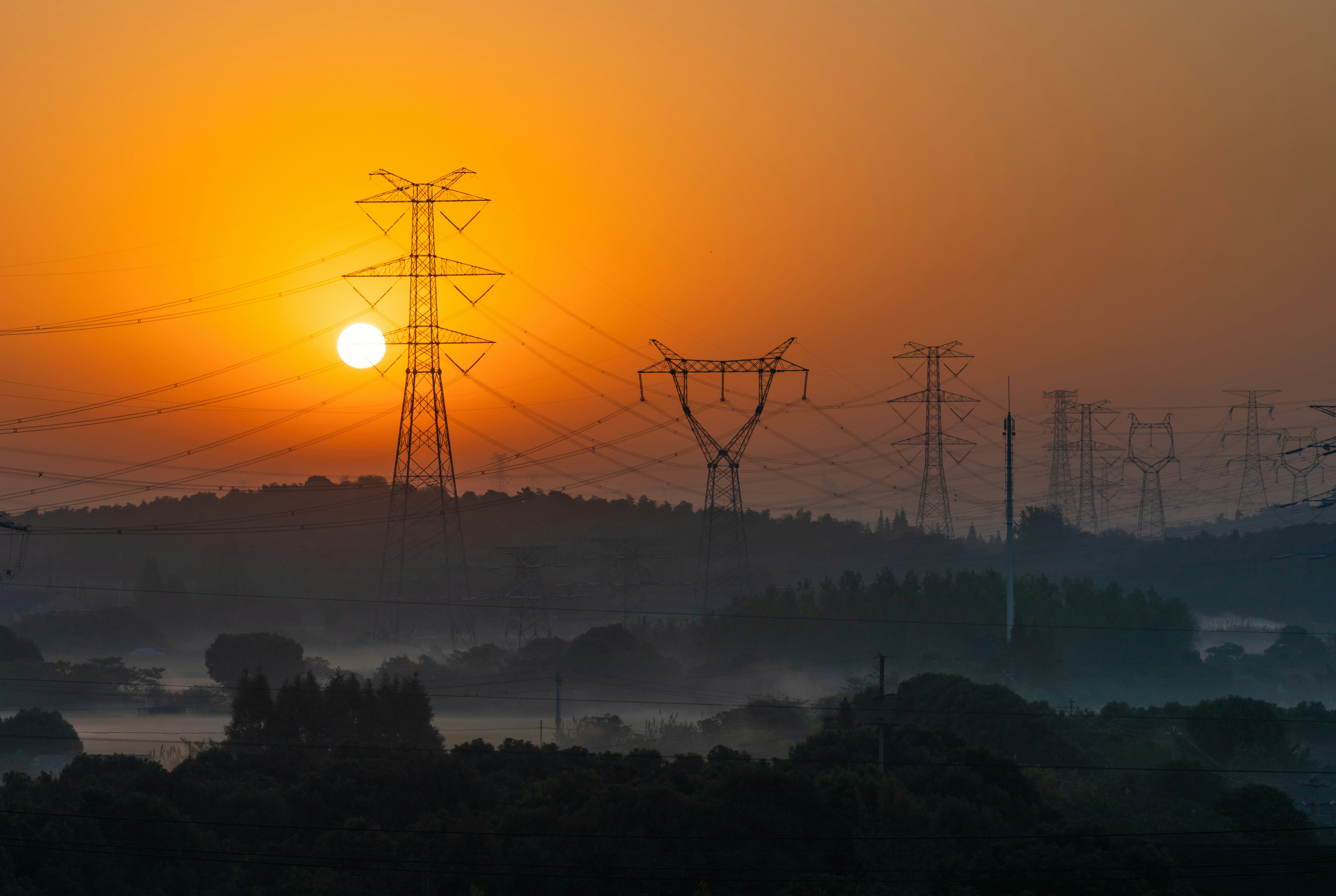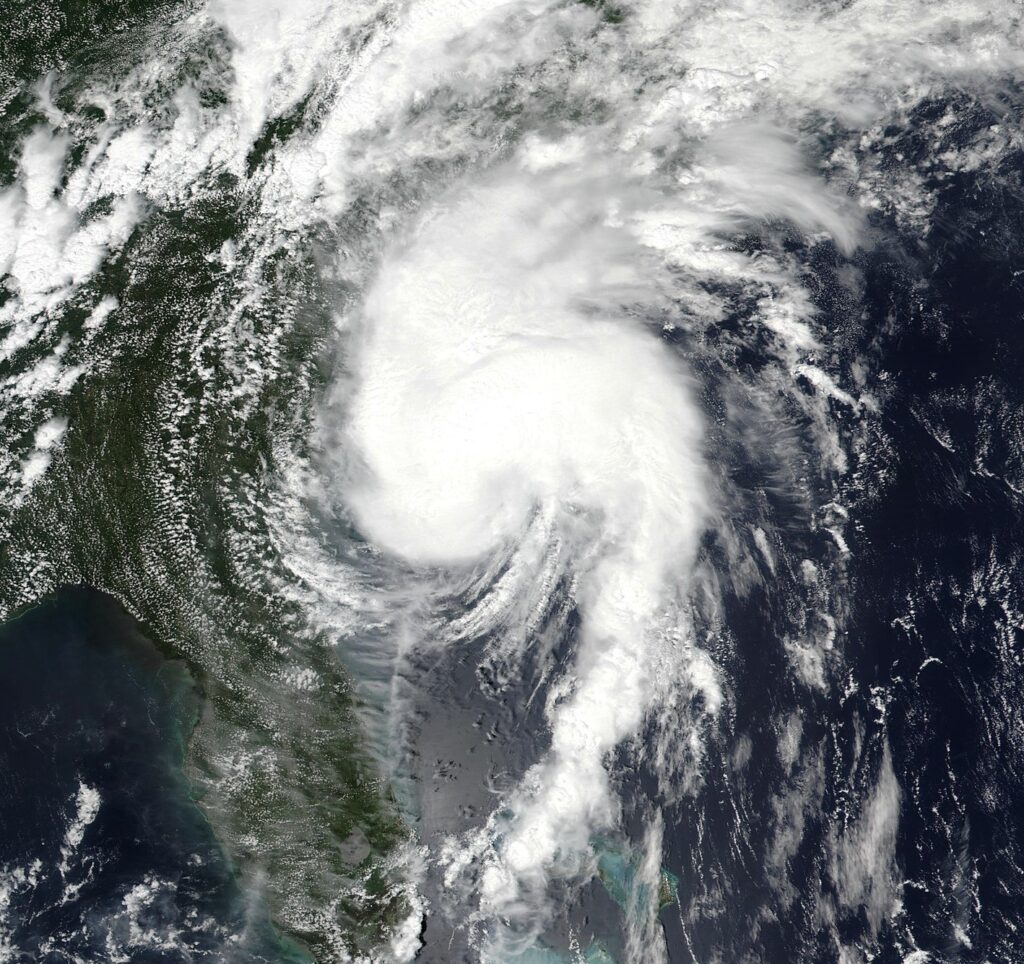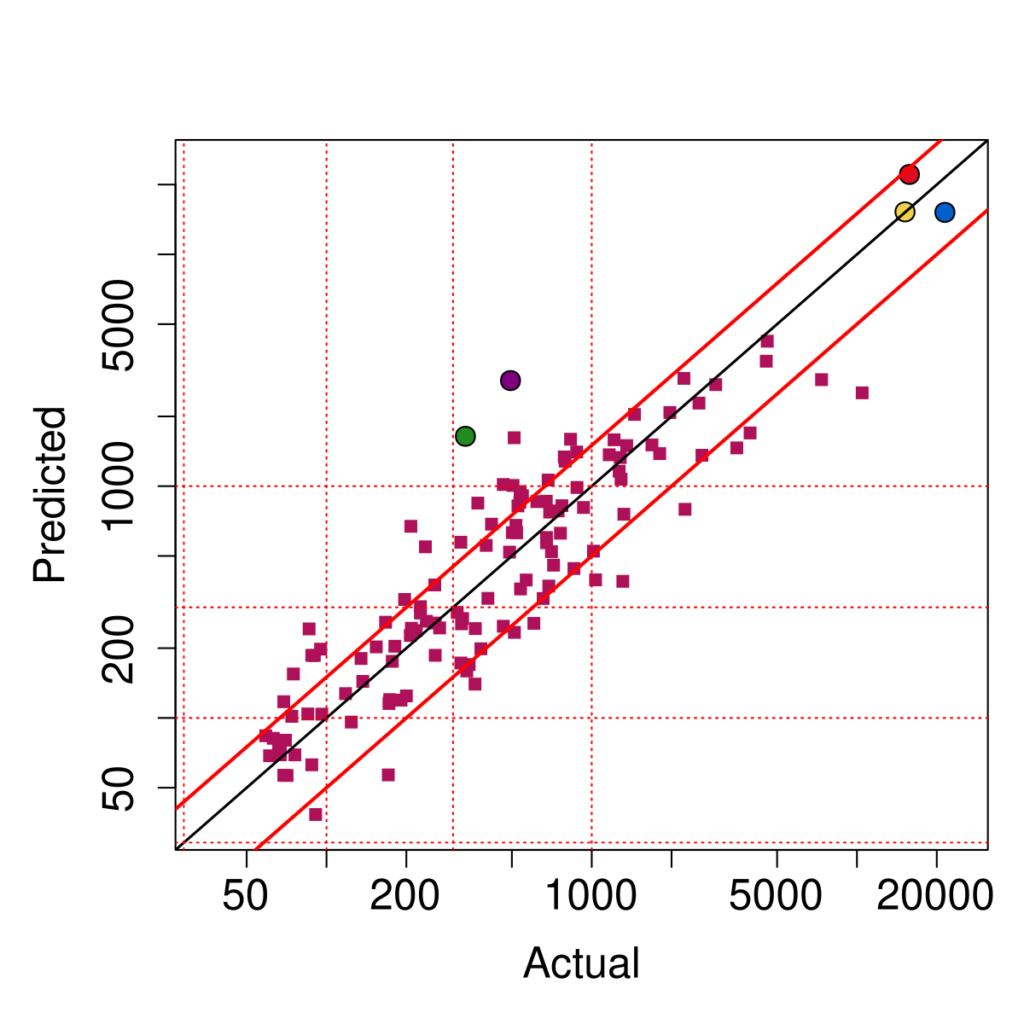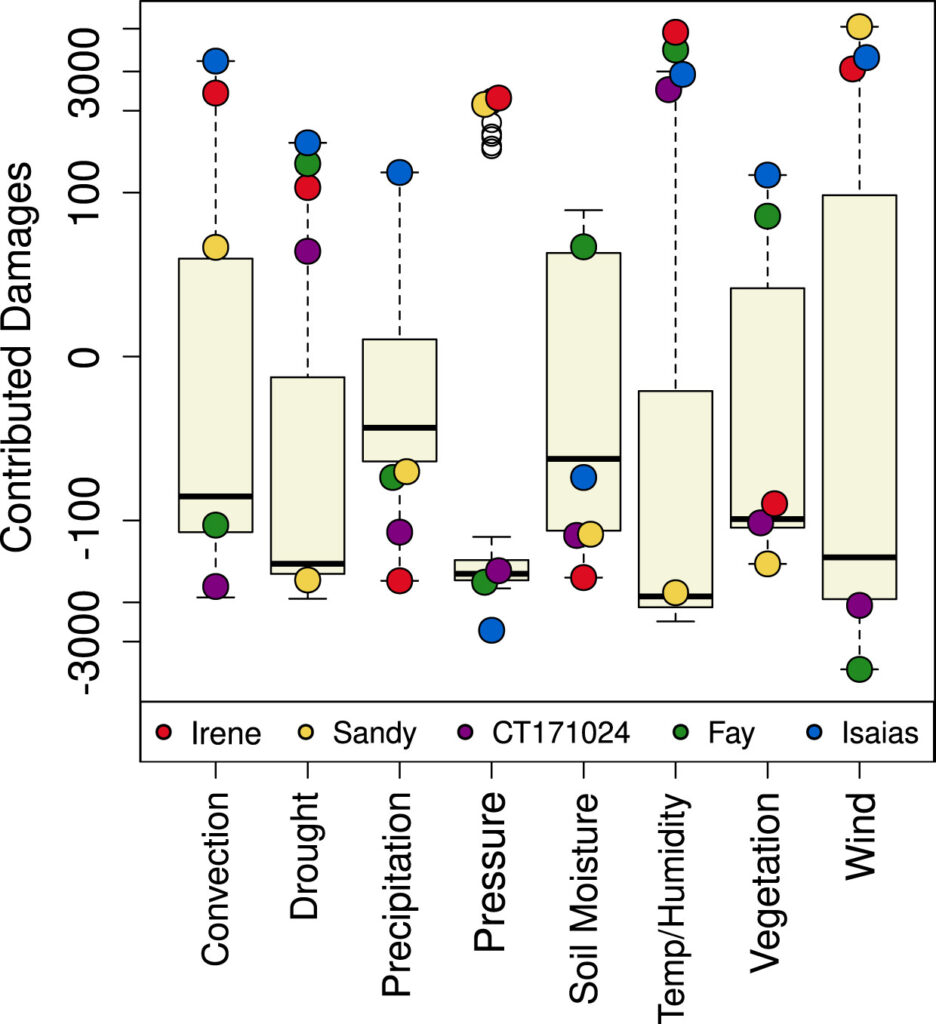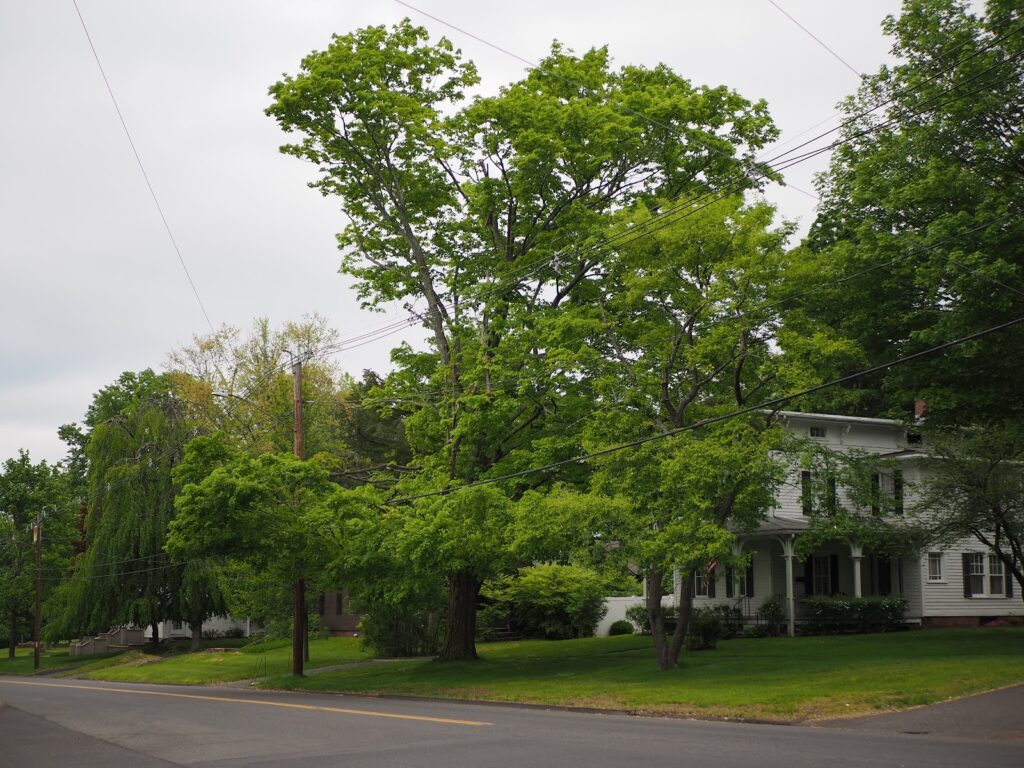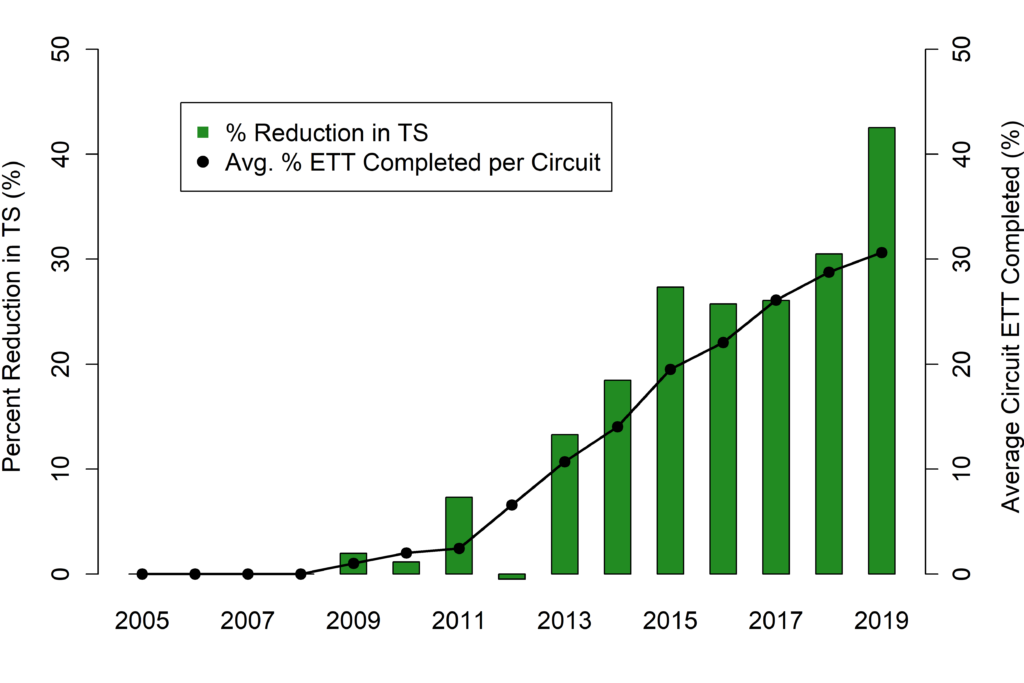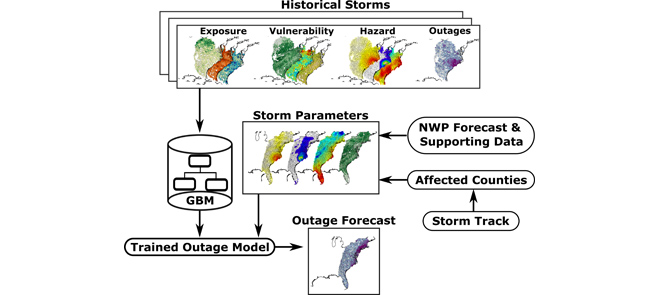
My recently published paper, “A Data-Driven Decision Support Tool for Anticipating Tropical Storm Impacts to the United States Power Grid,” has the potential to be my most impactful yet. We developed a system that can accurately predict the impacts that tropical storms have on the power grid in the Continental United States. While not the first system of its kind, we demonstrate accurate predictions for a wide range of types and magnitude of storms. It has the potential to be a powerful decision-making support tool that helps managers in government and at utilities prepare more effectively for the worst types of natural hazards. For more details, please see our article: 10.1109/ACCESS.2024.3442768

